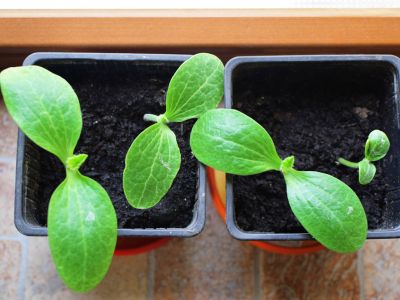Starting Seeds Indoors
If you’re new to starting plants from seeds, or new to doing it inside first, a few simple steps will get you started. All you need is a seed tray and soil. If you don’t have one, a seed tray can be as simple as an old egg carton. Use a good quality potting or starting soil, and make sure you put drainage holes in your tray before planting. Follow seed packet instructions for seed depth in the soil as well as spacing. Set the tray another tray or dish that will collect draining water and put it somewhere warm. Seeds need temperatures between 65- and 75-degrees Fahrenheit (18 to 24 Celsius) for the best results. Once they sprout, put the seedlings in a sunny spot or under a grow light and begin to thin as necessary.
Seeds That Germinate Quickly
Seeds that sprout fast are perfect for right now, when we could all benefit from seeing green and growth. Here are some ideas to get you started:
Lettuce – Try any variety. These will sprout quickly, and you can either use them right away as microgreens, grow baby lettuces, or transplant them outdoors to grow full heads and leaves.
Turnips and radishes – As with lettuce, you can use the microgreens in the kitchen, or keep growing to get the roots later.
Beans – Green beans of all varieties sprout and grow quickly.
Cucurbits – Many of the plants in the cucurbit family germinate and sprout very quickly. These include cucumbers, squashes, and melons.
Chives – These quick growing onions are tasty and fragrant.
Annual flowers – Instead of buying transplants at the garden center this year, start some annuals from seeds. Fast-sprouting varieties include alyssum, bachelor’s button, cosmos, and marigold.
To speed the sprouting process even more, you can help seeds germinate faster. A light scratching of the seed, called scarification, speeds germination. Use piece of sandpaper to do this and then wrap the seeds in damp paper towel. Place them in a dark, warm spot. Check regularly because you’ll have sprouts soon.
